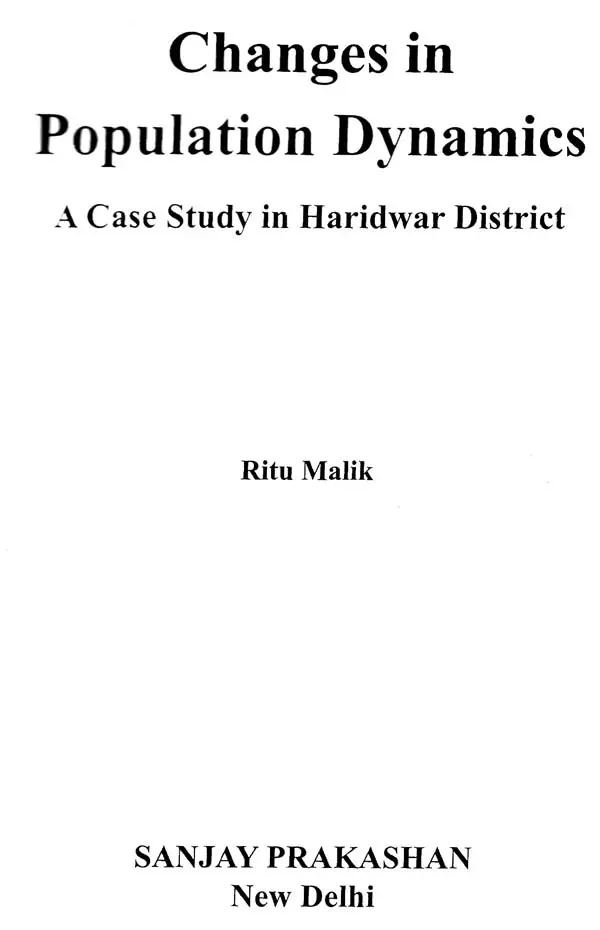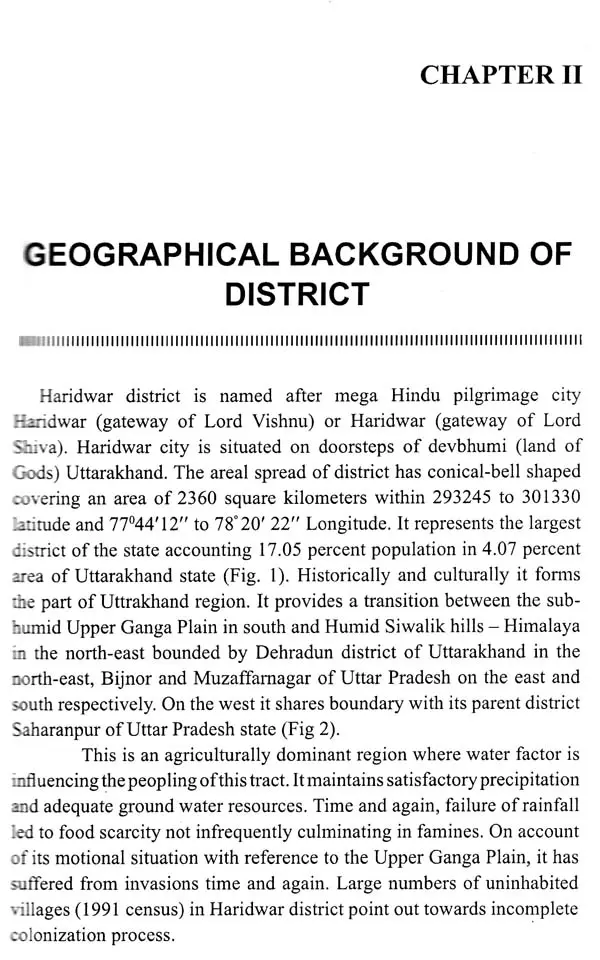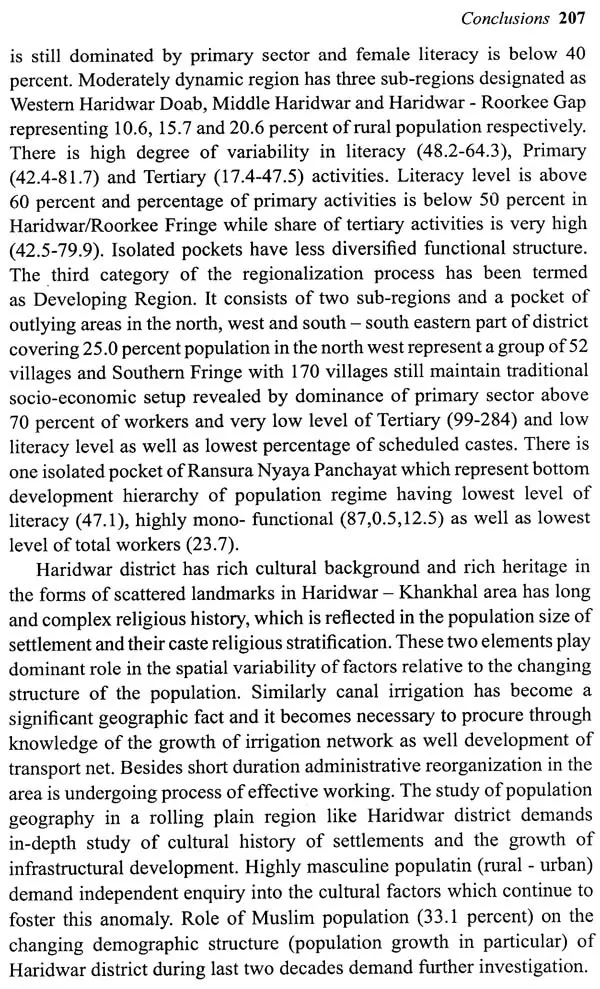About the Book This study is an attempt to analyze changes in the spatial organization of population phenomenon in Haridwar District during 1991-2001. The district demographic personality of the district makes it appropriate geographical unit for a geographic investigation. The area has been passing through along period of slow demographic transition until recent year. After becoming the part of newly created Uttarakhand state in 2002 and receiving status of newly created district in 1988 development schemes have opened new vistas of life in the area, which, in turn, has contributed demographic changes. The whole process has brought about changing of relationship between its population and resources resulting in the gradual cultural transformation of region.
About the Author Dr. Ritu Malik presently working as a lecturer in Govt. Sr. Sec. School. She did her school education from Sonipat, Graduation from Tika Ram Girls College, Sonipat and her Master's degree in Geography from Kurukshetra University, Kurukshetra. She did her Doctorate in 2011. She has published many research papers in International Journals.
Preface The second half of 20th century has witnessed conscious efforts of studies relating to population in the developing countries. Changing population resource relationship in wake of population explosion have compelled nations to spell their National Population Policy and undertake efforts to arrest their fast growing population. The technological and infrastructural developments has been space selective and influenced the population-resource relationships in various dimensions, which in turn reflected in intra-regional and inter community differences in the level of development. With the passage of time inequality in per capita availability of resources has given way to number of problems. The spatial dimension of demographic processes leave scope for geographical study of population. Considering the importance of population in the resource setup, Trewarth (1953) established Population Geography as important field of study. In India Geography Department of Punjab University, Chandigarh has pioneered studies relating to Population Geography and during Present Doctoral researches on Population Geography are being undertaken in all Universities of the country.
Population has two faces i.e. resource and problem. In between resource and problem there is a scope for planning and management. Trewartha has rightly remarked on the double functions of man as producer and consumer of development. Studies of population in spatial perspective provide useful framework to tackle population problems. Population is an important components of economic development and whole economy of an area revolves around the functional efficiency of its population. Uttarakhand, the developing state of India registering modest decennial population growth of 1920 percent in census 2001 but there is a wide range of inters district growth. Hardwar and Udham singhnagar districts representing plain area of the state recorded high (26.3-27.8) growth make them suitable case for population study. Situated in the transitional zone of hill and plain, high population growth is imperative under the influence of urbanization (30.8 percent) and agricultural economy. Proposed D.Phil research work Population Dynamism is being undertaken in the background of Hardwar district, which represent high (26.3) decennial population growth (2001) of India.
Introduction This study is an attempt to analyze changes in the spatial organization. of population phenomenon in Haridwar District during 1991-2001. The distinct demographic personality of the district makes it appropriate geographical unit for a geographic investigation. The area has been passing through a long period of slow demographic transition until recent. years. After becoming the part of newly created Uttarakhand state in 2002 and receiving status of newly created district in 1988 development schemes have opened new vistas of life in the area, which, in turn, has contributed demographic changes. The whole process has brought about changing of relationship between its population and resources resulting in the gradual cultural transformation of region.
Population growth data of Haridwar district is available from 1991. Major part (88% villages) of this district belongs to former Roorkee tahsil of Saharanpur district. Village level data available in District census Handbook of Saharanpur district, 1981 census has been utilized. Comparative data available for decennial growth of Saharanpur district (19.3, 27.2, and 30.1) and Uttar Pradesh (16.7, 19.8, and 25.5) during 1951-81 shows 15-37 percent higher growth during different decades. These rates were much above the corresponding figures of India, 21.7 (1951-61), 24.5 (1961-71) percent. During last two decades (1981-2001) population growth of Haridwar district has been recorded 26.3 and 28.7 percent respectively.
Book's Contents and Sample Pages




























